Crab rolls are a surrogate product of the modern food industry. Although they are called crab, many countries refrain from using that name to refer to the tasty red white sticks flavored with crab meat, not least of all, because of legal restrictions. In the U.S. and England, crab rolls are known as "seafood sticks", Ocean Sticks, Sea Legs, or if they write crab rolls, at least they indicate that it is an imitation - "Imitation Crab Sticks". In others, however, they are known as crab rolls, although they actually have no crab meat.
The history of the delicious crab sticks began in Japan about 40 years ago. In 1973, the company "Sugiyo Co" first began producing crab rolls that are patented on top of everything. They were known as "Kanikama". Three years later the company "Berelson" started working with "Sugiyo Co" and helped them out with their product on the international market. Over time, crab rolls were gaining popularity and have some metamorphosis in terms of content.
By definition, crab rolls are a popular form of Japanese kamaboko, which is made from the fillet of white fish or called surimi. Surimi is actually frozen ground fish fillets, which are freed from excess moisture, fat and enzymes. Most often, it is made from white fish fillet, but mass production resorts to cod or hake. Only about 30-40% of the composition of the crab roll is fish content, and the other 60-70% are additives, colorings, soya, etc.
In practice crab rolls have no crab meat.
Each crab roll is made from glued to each other threads. Most often, higher quality rolls are flavored with extract of Pacific crab meat and the red skin is achieved by using natural dyes. Usually, the packaging of the product indicates that it contains natural or artificial colorings. Crab rolls have a salty-sweet taste similar to that of steamed crabs.
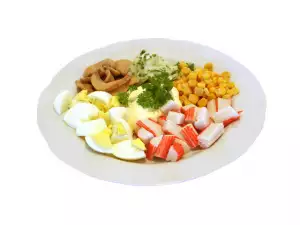
Composition of a crab roll
32% surimi (fish meat, sorbitol E420, E452 polyphosphate), water, wheat starch, corn starch, vegetable oil, salt, sugar, crab flavor, egg white, egg yolk flavor: mono nitrite glutamate E621, E120 colorants, E160a and others. It is possible to find E635, E631, E627. In other words, most of the crab rolls are made from wheat starch, sugar, and soy, or soy protein. The appetizing pink lists, designed to resemble crab meat are not achieved through the use of crab meat or crab products, but due to substance or cochineal carmine. Even to achieve the white in a crab roll, they use calcium carbonate, in other words, chalk.
Nutrition in a crab roll
15 g of crab rolls contain: Protein - 1.2 g, Carbohydrates - 2.5 g, Fat - 0.2 g, Energy - 16 kcal
These values make the crab rolls into a food that is devoid of much fat, carbohydrates and calories, which is a plus for many people on a diet. While the content of cholesterol in crab meat is about 42 mg, then that in crab rolls is negligible, mainly because they are a highly processed product. Crab rolls are malnourished, so to speak. Real crab meat is a source of protein, minerals, zinc and iodine, selenium, sodium, phosphorus, lecithin and is rich in vitamin E and B12. It contains many amino acids and trace elements, supporting the youth of your skin, which does not apply to a crab roll.
Selection and storage of crab rolls
Usually, crab rolls come vacuum packed and kept frozen in the freezer or refrigerator shelves. There are also marinated crab rolls in boxes that usually sit on the counter with seafood. The price is significantly higher, suggesting that the percentage of fish content in them is greater. The quality of the crab roll depends on the price and the manufacturer. The price itself varies from one to several Euros per packet. Imported Asian crab rolls are a better option than those that cost half a Euro and that can not be a secret.
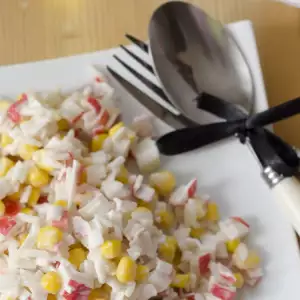
Frozen crab rolls should be stored in the chamber of a refrigerator or freezer. When consumed after thawing they should be eaten sooner, rather than later. Thawed crab rolls can stand in the refrigerator for 2-3 days only.
If after thawing crab rolls are brittle and dry, it means that they contain too much starch and flour at the expense of the content of fish fillets. Starch is very necessary for quality rolls because it connects the individual fibers of the small crab roll. Its content does not exceed 10%. If it is more, the product is tasteless and crumbly.
Crab rolls in cooking
Though with slightly disturbing content, crab rolls are widely used in cooking. Find them being used for virtually any meal. They make excellent and delicious appetizers, tasty salads and more. A crab roll is prepared fried, roasted, even the soup, but alone in raw form, they are still quite tasty.
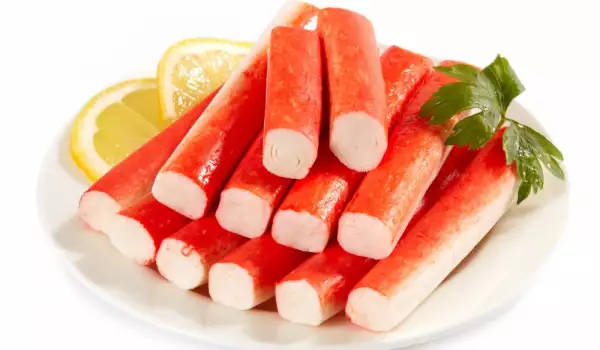
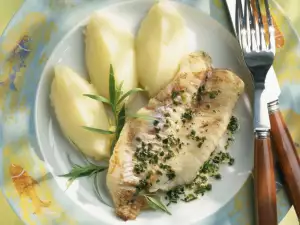

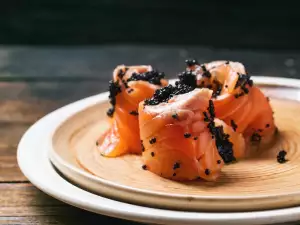
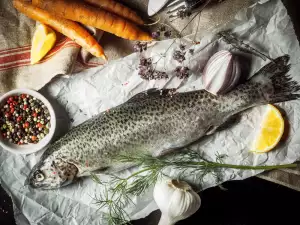
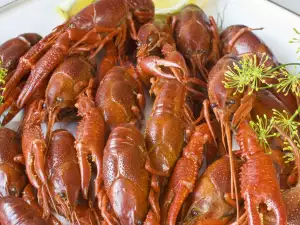
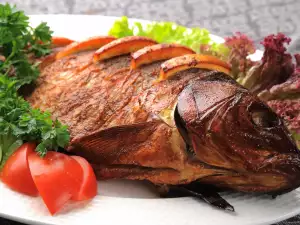
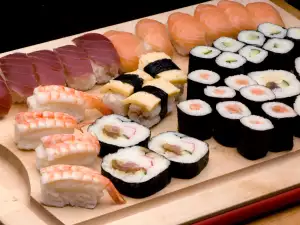
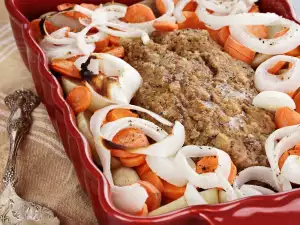
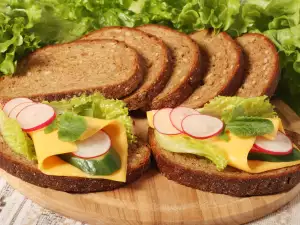


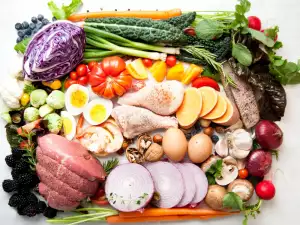






Comments